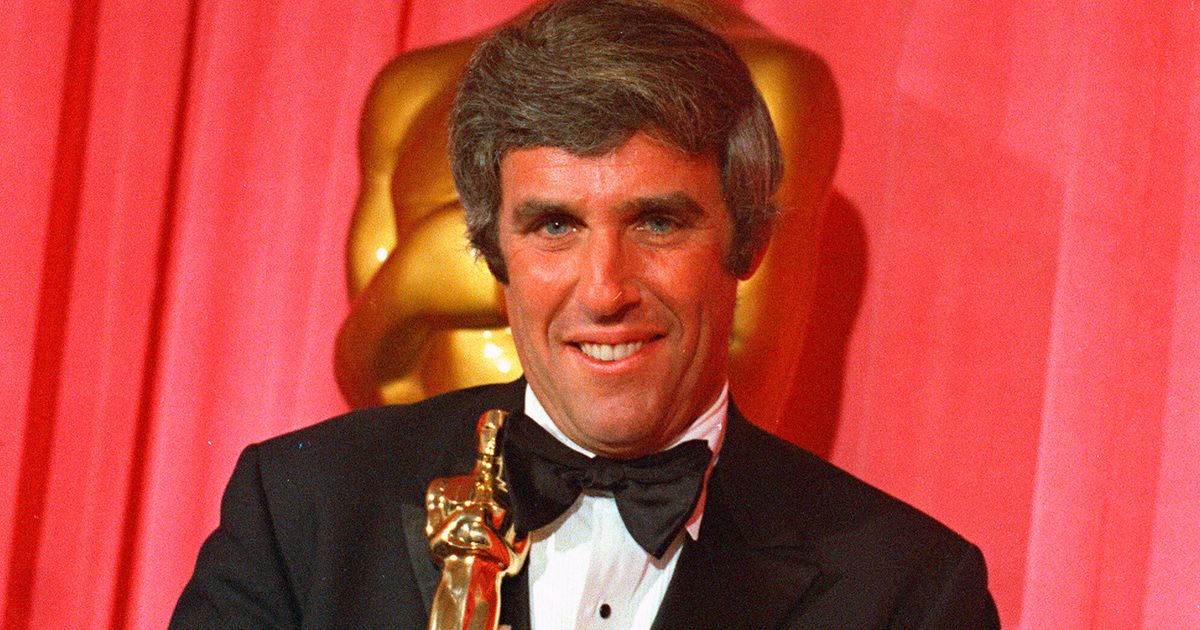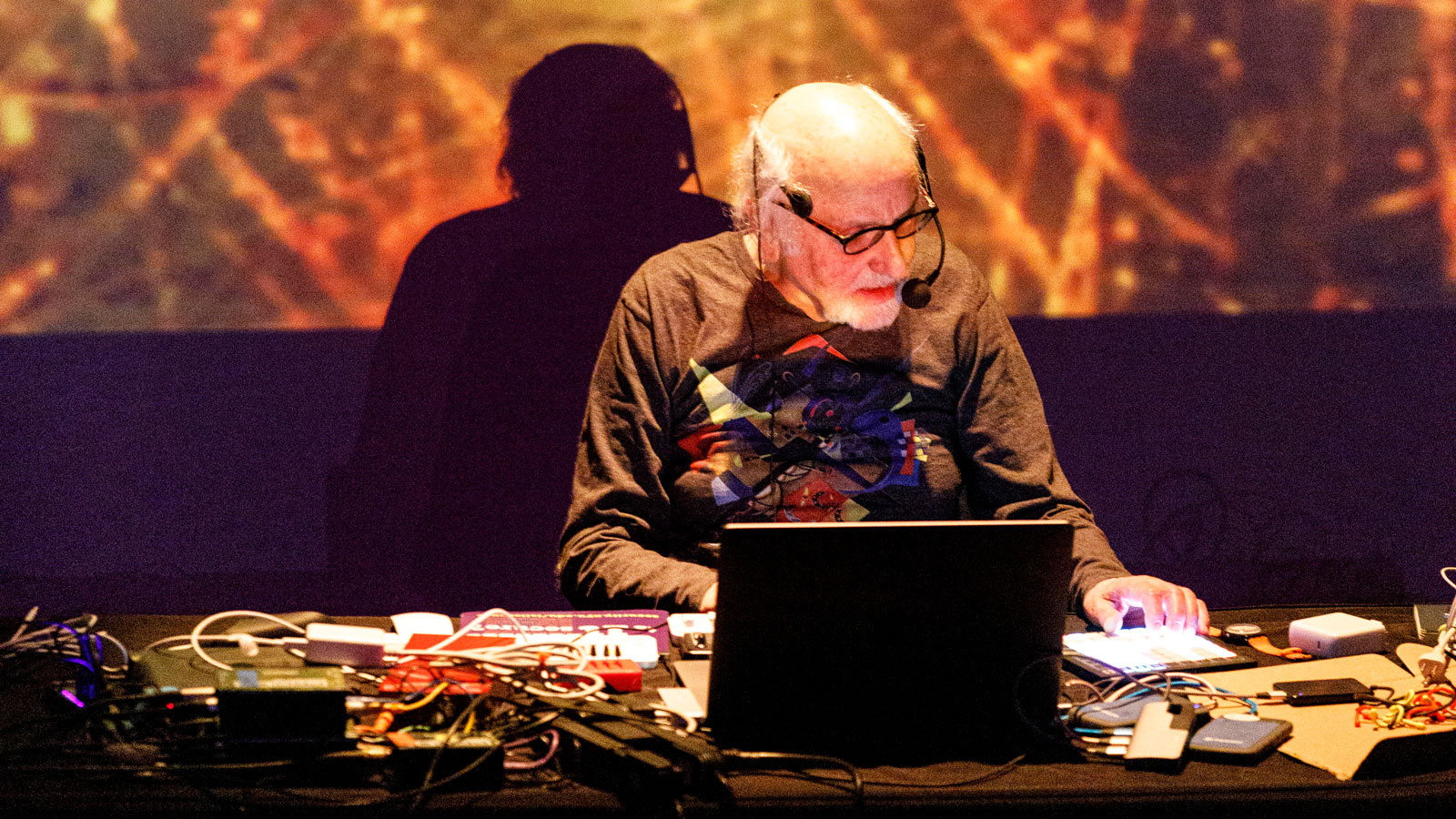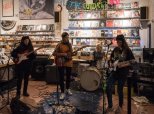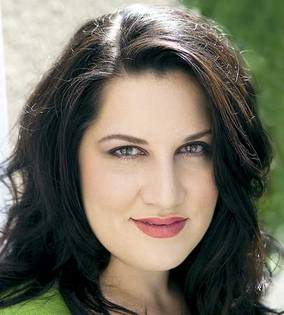Musicians like Jason Aldean love to glorify ‘small-town’ America. It’s embarrassing | Jill Filipovic
[ad_1]
According to the country music star Jason Aldean, you’d better not use your first amendment rights in small-town America, unless you want to be attacked by a vigilante mob. That’s the message of Aldean’s controversial song Try That in a Small Town, which includes the lyrics, “Stomp on the flag and light it up / Yeah, you think you’re tough / Well, try that in a small town / See how far you make it down the road / Around here, we take care of our own” and “Full of good ol’ boys / raised up right / If you’re looking for a fight / Try that in a small town.”
Critics have pointed out that the song glorifies the kind of vigilante justice that has led to lynching and extra-judicial killings, and that the song feels like a very loosely veiled reference to Black Lives Matter protests. They also point to the conspiratorial thinking behind the line “Got a gun that my granddad gave me / They say one day they’re gonna round up / Well, that shit might fly in the city, good luck / Try that in a small town.”
Aldean and his supporters now claim he’s a victim of “cancel culture”.
The US supreme court has, notably, found that flag-burning is a protected first amendment activity. In my personal experience, city-dwellers are less interested in burning American flags than having the right to let our own freak flags fly. And there is no mainstream effort, from either the left or the right, to round up and confiscate firearms.
But setting aside Aldean’s apparent disregard for the constitution and reality itself, his message is unfortunately all too familiar. Small-town America – which is often code for conservative white America – is routinely treated as the “real America” by politicians, pundits, writers and culture-makers. Nearly all of those people choose to live in urban America, but cities don’t get the same kind of credit for being authentically American, or deeply good.
Aldean’s song is right, just not in the way he thinks it is: small-town America can be cruel, brutish and exclusionary. And cities are the United States’ beating hearts – they are places that make America great, and city-dwellers shouldn’t hesitate to defend them.
I have lived in, and truly loved living in, both the largest American city and an itty-bitty town. Small towns can be lovely places. What they aren’t, though, is inherently better than larger, more cosmopolitan locales. Small towns don’t have more of a claim to Americanism than the large urban areas in which most Americans actually live.
Part of the fetishization of small towns is fantasy and nostalgia. Small towns are symbols of imagined simplicity and moral goodness – life in a largely made-up “before” world when society was ostensibly less polarized, life was less complicated, and everyone lived in neat little single-family houses and gathered in church on Sundays. American life was, of course, never this simple, and always much more varied.
But politicians, pundits and culture-makers romanticize small-town life for the same reason they talk about the 1950s as an idealistic time, despite racial segregation, stifling gender roles and post-war trauma: it’s a comforting illusion, an invented history that suggests an ease and predictability most of us would love to feel.
“You are morally superior to these big-city folks” is also a convenient political message: it makes an important group of voters feel good about themselves (rural Americans, after all, have an outsized say at the ballot box), and I suspect it doesn’t really alienate city people because (a) we’re used to it, and (b) it’s so obviously untrue.
The truth is that cities are actually excellent places to live. Cities are the traditional hubs for immigrants, who routinely bring with them a tremendous work ethic and an entrepreneurship that drives the US economy and betters all of our lives. (Not to mention food – immigrants are a big part of the reason why cities like New York, Los Angeles, Houston and Chicago are such phenomenal places to eat.)
Cities tend to be racially diverse; the people who live in America’s biggest cities span a much wider range of religions and ethnic backgrounds and socioeconomic levels than those who live in the country’s small towns. We hear a lot about “liberal bubbles” like New York or San Francisco when, in fact, it’s small, rural towns that are much more ethnically and ideologically homogeneous.
Cities are magnets for the ambitious, the creative, the young and the adventurous. The same politicians, pundits, journalists and musicians who extol the virtues of small towns rarely live in them. Aldean lives in Nashville.
And the diversity of cities also makes for more innovation. Human beings are more creative and generative when we are in diverse groups and interact with people who live, think and believe differently. Cities are fertile grounds for creativity to bloom.
They’re also offering more literal fertile ground. Globally, many cities are getting greener, and some American ones are following suit. Perhaps unexpectedly, life in a concrete jungle is better for the environment than rural life, and much better than life in suburban sprawl.
Cities also tend to be more liberal and more open-minded than smaller, more insular places, and that’s a good thing. A place where newcomers can try on new ways of being, and express themselves genuinely? That’s authenticity – not adhering to the narrow social codes that some small towns demand.
Contrary to perception, cities are also safer than rural areas by a variety of measures. Death rates are much higher in rural America than in urban America, by just about every cause, from heart disease to cancer to suicide to accidents (which includes overdoses and firearm and traffic accidents). Despite Aldean’s claims, small towns, it seems, are not doing all that great when it comes to taking care of their own.
And violent crime in urban America is frankly often fueled by conservative values: if the gun-snatching government bogeymen of Aldean’s paranoid fears were actually real, we’d live in a much safer nation. But the conservative demand that Americans have nearly unfettered access to deadly weapons means that a lot of Americans die unnecessarily – and a lot of those Americans are city-dwellers who have voted, again and again, for commonsense gun laws.
The idealization of small towns by politicians and culture-makers like Aldean also does a disservice to the places they claim to love. Rural America is not solely southern or midwestern; it is not entirely white; it is not universally conservative. Small towns are varied, and there is no singular way to live a small-town life. Most people who live in small towns are not “good ol’ boys”, gun-toting conspiracy theorists or vigilantes. Flattening small-town America into a stereotype is just as reductive as positioning cities as dens of crime and vice.
Cities shouldn’t need defending. Much of the country lives in them. They are the country’s economic, political, technological and artistic power centers. Most Americans, I would hope, can read the condescension and dishonesty in paeans to small-town life by people who have chosen to leave those very places in pursuit of cosmopolitanism, or never actually lived there in the first place. Aldean is from Macon, Georgia’s fourth-largest city.
But cities do need defending because, despite their popularity and obvious benefits, there’s little social cost to trashing them, or suggesting that the people who live in them are somehow less American. That has real consequences, including the hesitancy from our elected officials to make sure that every American has an equal say in the political process, and that “one person, one vote” is the reality of American democracy.
People should live where they like, and there are all kinds of benefits to both small, sweet towns and big, vibrant cities. Conservatives and liberals alike have not hesitated to sing the praises of small towns and small-town values, typically reducing those same places to a set of tired “real America” stereotypes. But it’s American cities that represent the best of American values: creativity, diversity and open arms to immigrants and innovators and all those looking for their people – and open to people who are different than them.
[ad_2]
Source link















